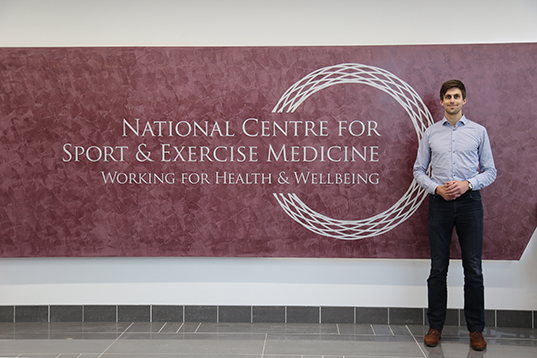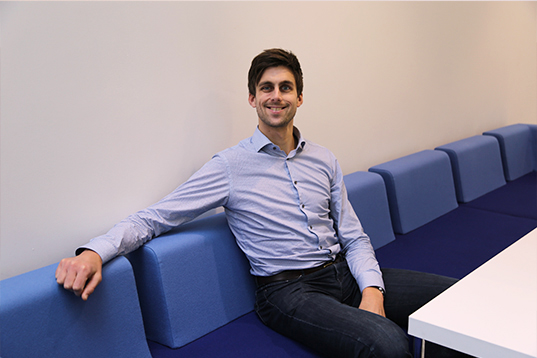Jan van der Scheer: My research journey

I was born and raised in the Netherlands. I studied Human Movements Sciences in Amsterdam, both Bachelors and Masters, which is somewhat similar to Sports Sciences here in the UK. At the age of 22, I travelled and did some volunteering work in Kenya and Ethiopia. After that, I went back to Amsterdam and worked as an Exercise Instructor. In the meantime, I tried to figure out what I wanted to do with the rest of my career.
Research in exercise with spinal cord injury
After some time, I started a voluntary role in a rehabilitation centre on a research project to see if research is something that fits me. From there, it became obvious that research, perhaps a PhD might actually fit me. Something I didn’t really realise during my master’s. I started to search for PhDs and I picked up a research that was similar to what I did at the rehabilitation centre.
My PhD was in exercise for people with spinal cord injury. Obviously, people with spinal cord injury respond to exercise differently. There’s a whole range of things that affect people with spinal cord injury, which makes people more likely to have certain health conditions. One of the primary ones being cardiovascular diseases, but they can also have other issues such as pressure sores. Exercise can be a very good way of sometimes preventing some of these problems or making the problems less likely to occur. So it’s very important to look at exercise specific for someone with spinal cord injury because if you just take research from the general population, there are so many factors that don’t apply to someone with spinal cord injury.

Moving to Loughborough
Because of the perceived importance of exercise for people with spinal cord injury, a large research programme was set up in Groningen, in the north of the Netherlands. This gave me a lot of in-depth and training on how to do research, how to do research in rehabilitation settings working with clinicians and physiotherapists. Through that experience and gaining that PhD I was able to make a move to Loughborough. The research group I was working with has very strong ties with Professor Vicky Tolfrey from the Peter Harrison Centre for Disability Sport within SSEHS.
I was able to start with a temporary position of exploring some work for 6 to 8 weeks and see if we could set up some larger projects. I was staying on campus at the time in one of the visitors’ flats, getting to know the research, doing some smaller projects and most importantly setting up a collaborative project with the partners of the Peter Harrison Centre for Disability Sport in Japan. It was a fantastic opportunity to spend 7 weeks in Japan at Wakayama Medical University to work on the project in the same area of research about cardiovascular disease and spinal cord injury.
Collaborations
Through that work, I was able to pick up a permanent position within Loughborough University SSEHS in a relatively new institute of NCSEM. I’m working on knowledge translation which describes how you can bring research to practice whether it’s for healthcare professionals, a patient or a community member. It was focused on developing exercise guidelines for people with spinal cord injury. This project was led by a large Canadian institute. Together with them, we looked at a lot of literature, we talked to a lot of people internationally, we did this project with a large Canadian institute and we worked together with researchers, clinicians and end users from the UK, Canada, Sweden, the Netherlands, Italy, Germany, the USA and Australia.
It’s a very specific and small area of research that I’ve been working on for over the past 2 years. So it’s very important to combine the efforts of different centres throughout the world to work on this. We have a website presenting some of the findings of the research papers that are ready. Now the next phase will start which is talking even more to the end users: people with spinal cord injury and the rehabilitation centres here in the UK and other countries that are part of this project to make sure the scientific guidelines that we developed are put into practice.
Write a Reply or Comment